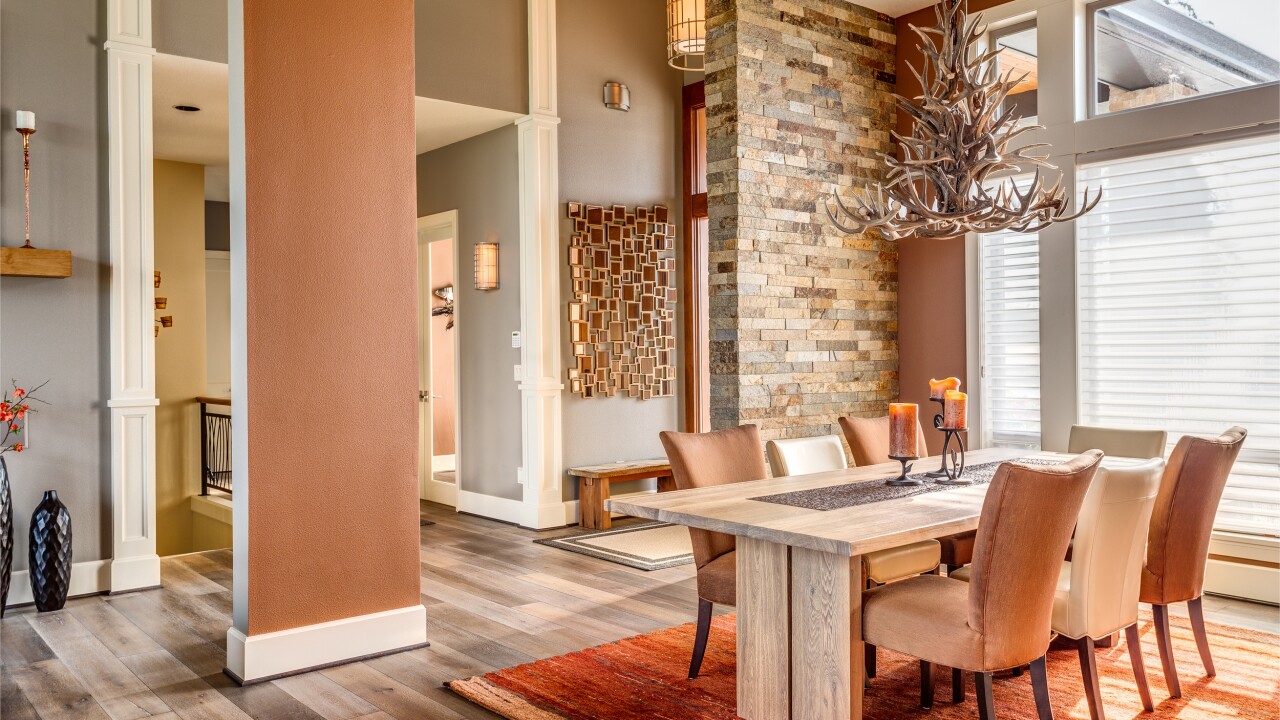
It may not be easy being green, but office buildings that have undergone – or been constructed with – sustainability improvements will be better long-term performing assets within commercial mortgage-backed securities.
In a report issued Monday by Moody’s Investors Service, the ratings agency said that “green” building features are becoming an important factor in maintaining property valuations and tenant occupancy levels, and can likely result in higher debt repayment performance of the commercial mortgage through maturity.
“Sustainability has become an important factor in the leasing decisions of office tenants, which in turn makes sustainability an important factor in assessing the credit quality of office collateral,” the report stated. “Increased awareness of the risks of climate change as well as changes to building codes are also among the factors prompting growth in green office building initiatives.”
The use of more energy-efficient heating, ventilation and air conditioning, plus the more efficient use of water, natural lighting and reduction in volatile organic compounds (paint, composite wood products, foam, etc.) are more influential considerations for lessees today, the report stated. Keeping tenants satisfied keeps occupancy levels up to support debt service, as well as improve the economic performance of a building.
These green buildings are easier to lease, attracting businesses seeking to reduce operating costs and meet corporate sustainability policies. Installing green features to achieve a lower level certification costs approximately the same or just above those of non-green construction. Higher-level certifications might cost up to 10% more.
The agency cited a study of 60 million square-foot North American office portfolio that showed its sustainable buildings outperformed non-green building in attributes such as rent, occupancy and lease renewal.
Landlords that pass on energy expenses to tenants could earn higher income by devoting a higher percent of an occupant’s monthly rent to the lessor, rather for utility bills. “In some cases a tenant may be indifferent as to paying $25 of rent and $5 of expenses (total occupancy cost of $30) vs. $27 in rent and $3 of expenses (also a total occupancy cost of $30),” the report stated.
Maintaining occupancy levels, building upkeep and raising income all benefit the capitalization rate between building income and assessed property value. By achieving a lower cap rate, property investors can perhaps refinance the loan at the maturity date at better terms if the green enhancements are able to stave off obsolescence and a reduction in a building’s attractiveness.
“Green construction can augment the value of office collateral backing a CMBS loan in the form of a lower [capitalization] rate that reflects the greater acceptance of building initiatives among tenants, investors and lenders,” noted Moody’s in the report, written by commercial real estate research director Tad Philipp and Nick Levidy, agency’s the managing director of structured finance.
Green attributes are also growing as a factor in property assessments. In May, a trade organization for property appraisal professionals published draft guidelines for valuating green properties that mapped out the “extent to which green attributes may contribute to net income, expense reduction and/or impact the investment risk profile,” the Moody’s report stated.
Green office certifications are most common in class A buildings, where tenants expect “state-of-the-art” systems, according to Moody’s, and will often negotiate the maintenance of green certification in their leases. “The trend toward green office development has progressed more slowly in secondary and tertiary metro areas but will likely catch up over time,” the report noted.
Lessees generally assess buildings based on the widely known LEED and Energy Star green-rating systems. The agency cited a report from real estate services provider CBRE as noting that 13% of office buildings have either or both designation.




